44 cholesterol in food labels
Understanding Food Nutrition Labels | American Heart Association When the Nutrition Facts label says a food contains "0 g" of trans fat, but includes "partially hydrogenated oil" in the ingredient list, it means the food contains some trans fat, but less than 0.5 grams per serving. So, if you eat more than one serving, you could end up eating too much trans fat. Cholesterol: Top foods to improve your numbers - Mayo Clinic Oatmeal, oat bran and high-fiber foods Oatmeal contains soluble fiber, which reduces your low-density lipoprotein (LDL) cholesterol, the "bad" cholesterol. Soluble fiber is also found in such foods as kidney beans, Brussels sprouts, apples and pears. Soluble fiber can reduce the absorption of cholesterol into your bloodstream.
How to Understand and Use the Nutrition Facts Label | FDA - U.S. Food ... Dietary fiber, vitamin D, calcium, iron ad potassium are nutrients on the label that Americans generally do not get the recommended amount of. They are identified as nutrients to get more of....
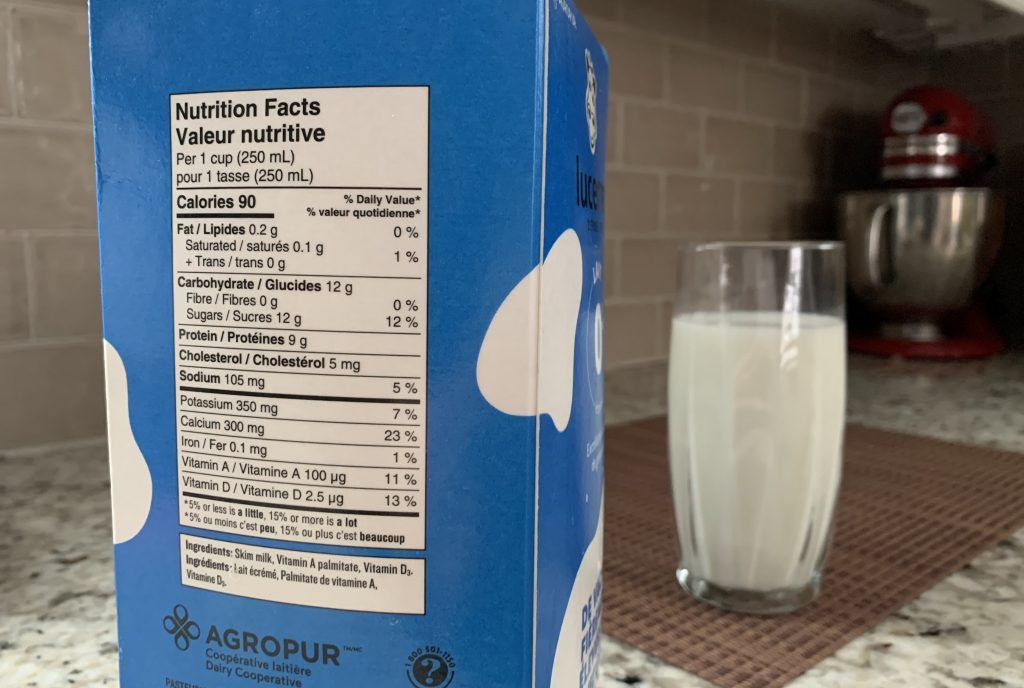
Cholesterol in food labels
What do cholesterol-free and low-cholesterol food labels mean? - Sharecare American Diabetes Association Cholesterol free means that the food must contain fewer than 2 milligrams of cholesterol and 2 grams or less of saturated fat per serving. For example, although vegetable oils contain no cholesterol, they are 100% fat. Vegetable oils are still preferable to butter or lard because they have less saturated fat. How to Tell if Foods Are Low or High Cholesterol - Verywell Health Each food label should include milligrams (mg) of cholesterol per serving. Don't forget to look at the serving size as well. Sometimes products can seem low in cholesterol, but if you eat more than the recommended servings at one sitting, then you can end up consuming a lot more cholesterol than you intended. Food Labels: Fat & Cholesterol | Home & Garden Information Center The 2015 Dietary Guidelines for Americans recommends the following intakes of fat and cholesterol every day: total fat—20 to 35% of calories, depending on age and gender (65 grams for the 2,000-calorie intake level used in the Daily Value)* saturated fat—less than 10% of calories** trans fat— keep as low as possible
Cholesterol in food labels. Cholesterol On Food Labels - Cholesterol Cholesterol On Food Labels. Most individuals should make every effort to maintain their cholesterol under 200 milligrams/deciliter (mg/dl), or regarding 5.2 millimols/litre (mmol/L), if you have a hereditary background of heart disease or you are at a high risk for creating a stroke or a heart disease. What Is Cholesterol In Food Labels - Cholesterol What Is Cholesterol In Food Labels. High cholesterol is the most common reason for cardiovascular disease. The avoidance of cardiovascular disease is essential to decreasing the danger of cardiac arrest as well as strokes. The therapies for high cholesterol entail medications and healthy way of life renovations. The healthy and balanced ... Learn About Cholesterol Free Food Labels | Chegg.com Under the United States Department of Agriculture (USDA), a low-cholesterol label is required to contain fewer than 20 milligrams or 2 grams of saturated fat per series on food. There is no cholesterol in cholesterol-free food. Cholesterol-free can be a marketing tactic often utilized for purchasing promotion. Reading Food Labels | ADA - American Diabetes Association Put food labels to work. The Nutrition Facts labels on foods are really the key to making the best choices. We'll cover the basics so that these labels make shopping easier for you. You've heard it all. From carb-free to low-carb, to whole and empty carbs, it's hard to know what it all means. Blood sugar highs and lows aren't always ...
Cholesterol Content of Foods | Patient Education | UCSF Health Use the following tables to check the cholesterol and fat content of the foods you eat. This will help you keep track of your daily cholesterol intake. Note: Cholesterol is only found in animal products. Fruits, vegetables, grains and all other plant foods do not have any cholesterol at all. How to Read the Nutrition Facts Label on Packaged Foods - WebMD WebMD gives you tips on how to use the Nutrition Facts food label to help manage conditions like type 2 diabetes, high blood pressure, heart disease, and high cholesterol. Reading food labels: Tips if you have diabetes - Mayo Clinic Food labels can be an essential tool for diabetes meal planning. COVID-19: Advice, updates and vaccine options. ... Look for foods with fats, cholesterol and sodium on the low end of the Daily Value; keep fiber, vitamins and minerals on the high end. If your doctor or registered dietitian recommends more or less than 2,000 calories a day, you ... Should I check the cholesterol on nutrition labels? Major dietary cholesterol contributors — meat, fish, and chicken — often have no label. Having less than 4-6 oz of those per day and less than 2-4 eggs per week will generally keep your cholesterol reasonable. And that's a smart idea anyhow, to leave room for more artery-friendly fruits, veg, whole grains, beans, nuts, seeds, etc."
Daily Value on the New Nutrition and Supplement Facts Labels Which Nutrients Are Required to Be Listed on the Nutrition and Supplement Facts Labels? The Nutrition Facts label must list total fat, saturated fat, trans fat, cholesterol, sodium, total... How To Read Cholesterol Labels - HealthyCholesterolClub.com In fact, about 25% of the cholesterol in your blood comes from the food you eat. What To Look For On Nutrition Labels Nutrition labels on foods tell you how much of each nutrient or fat is in the item, based on the recommended serving size. The numbers and percentages are written for a 2,000 calorie/day diet. Easy Guide to Understanding Food Labels When You Have High Cholesterol ... This means that your food may contain trans-fat even if the food label says 0 gram. Therefore it's important to check the ingredient list (more on this later). Cholesterol guidelines currently recommend having not more than 300 milligrams of cholesterol per day, and if you have heart disease, aim for less than 200 milligrams per day. 2. 11 High Cholesterol Foods — Which to Eat, Which to Avoid - Healthline Eggs, cheese, shellfish, pastured steak, organ meats, sardines, and full-fat yogurt are cholesterol-rich, nutritious foods that make healthy additions to your diet. 8-11: High cholesterol foods you...
PDF Interactive Nutrition Facts Label - Cholesterol - Food and Drug ... Interactive Nutrition Facts Label • October 2021 Cholesterol 1 What It Is Cholesterol is a waxy, fat-like substance found in all cells . of the body. Cholesterol is produced by the body (primarily ... Nutrition Facts label on food and beverage packages shows the amount in milligrams (mg) and the % Daily Value (%DV) of cholesterol per serving ...
Understanding Ingredients on Food Labels - American Heart Association Understanding Ingredients on Food Labels. Food labels are an important source of information about calories and the nutritional value of the foods you eat, a crucial tool in building a heart-healthy diet. The Nutrition Facts information is always displayed in the same orderly fashion and helps you understand how much of certain nutrients that ...
Food Labels: Fat & Cholesterol | Home & Garden Information Center The 2015 Dietary Guidelines for Americans recommends the following intakes of fat and cholesterol every day: total fat—20 to 35% of calories, depending on age and gender (65 grams for the 2,000-calorie intake level used in the Daily Value)* saturated fat—less than 10% of calories** trans fat— keep as low as possible
How to Tell if Foods Are Low or High Cholesterol - Verywell Health Each food label should include milligrams (mg) of cholesterol per serving. Don't forget to look at the serving size as well. Sometimes products can seem low in cholesterol, but if you eat more than the recommended servings at one sitting, then you can end up consuming a lot more cholesterol than you intended.
What do cholesterol-free and low-cholesterol food labels mean? - Sharecare American Diabetes Association Cholesterol free means that the food must contain fewer than 2 milligrams of cholesterol and 2 grams or less of saturated fat per serving. For example, although vegetable oils contain no cholesterol, they are 100% fat. Vegetable oils are still preferable to butter or lard because they have less saturated fat.
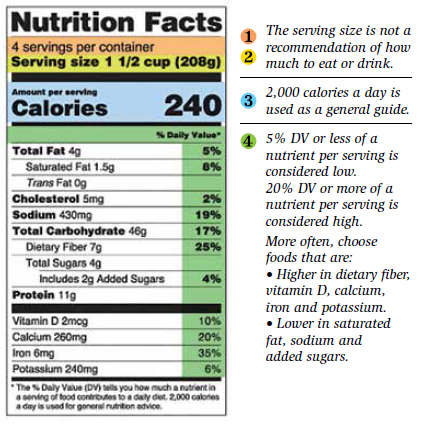
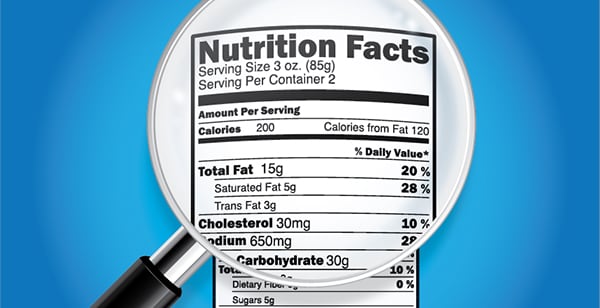

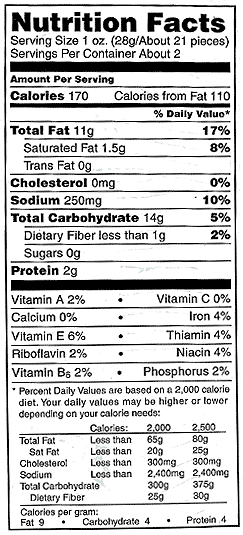

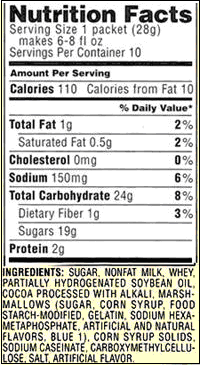


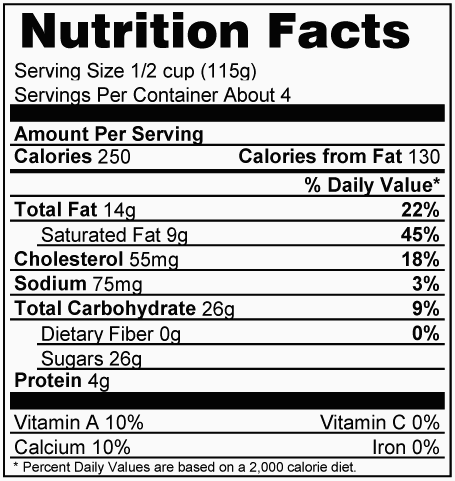
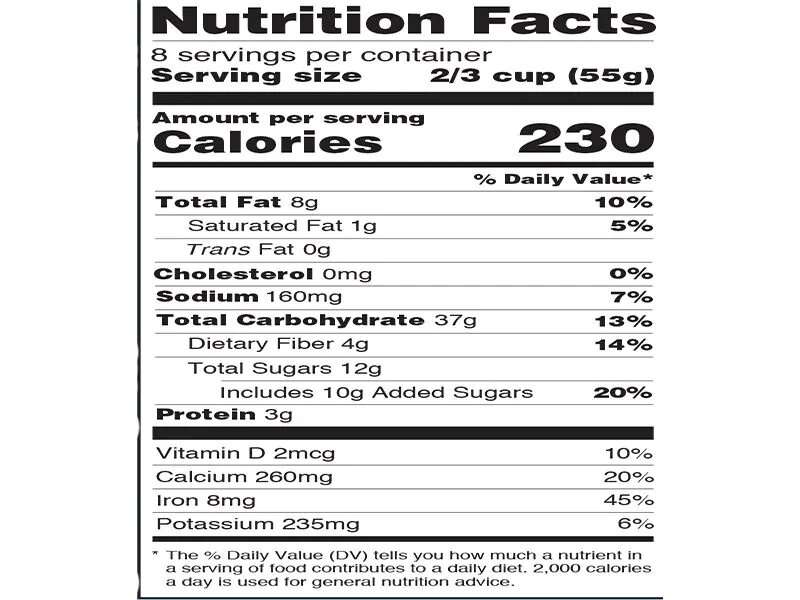

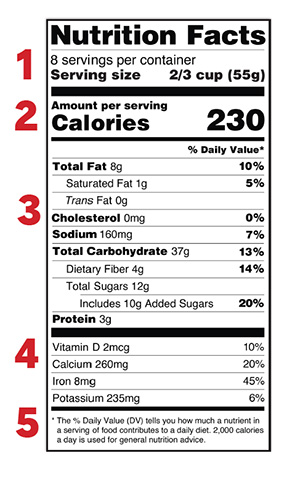

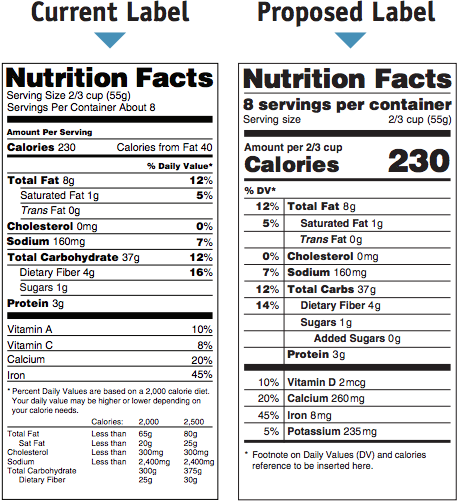
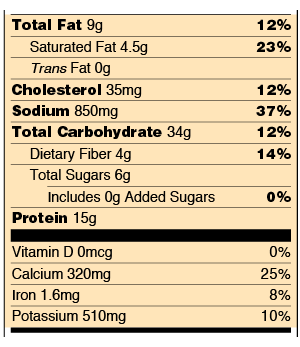


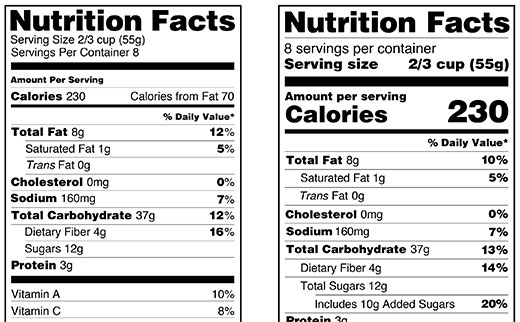



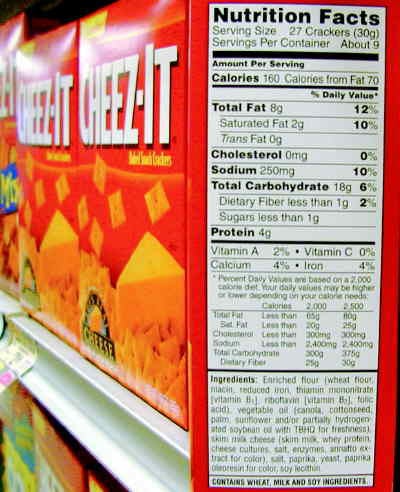

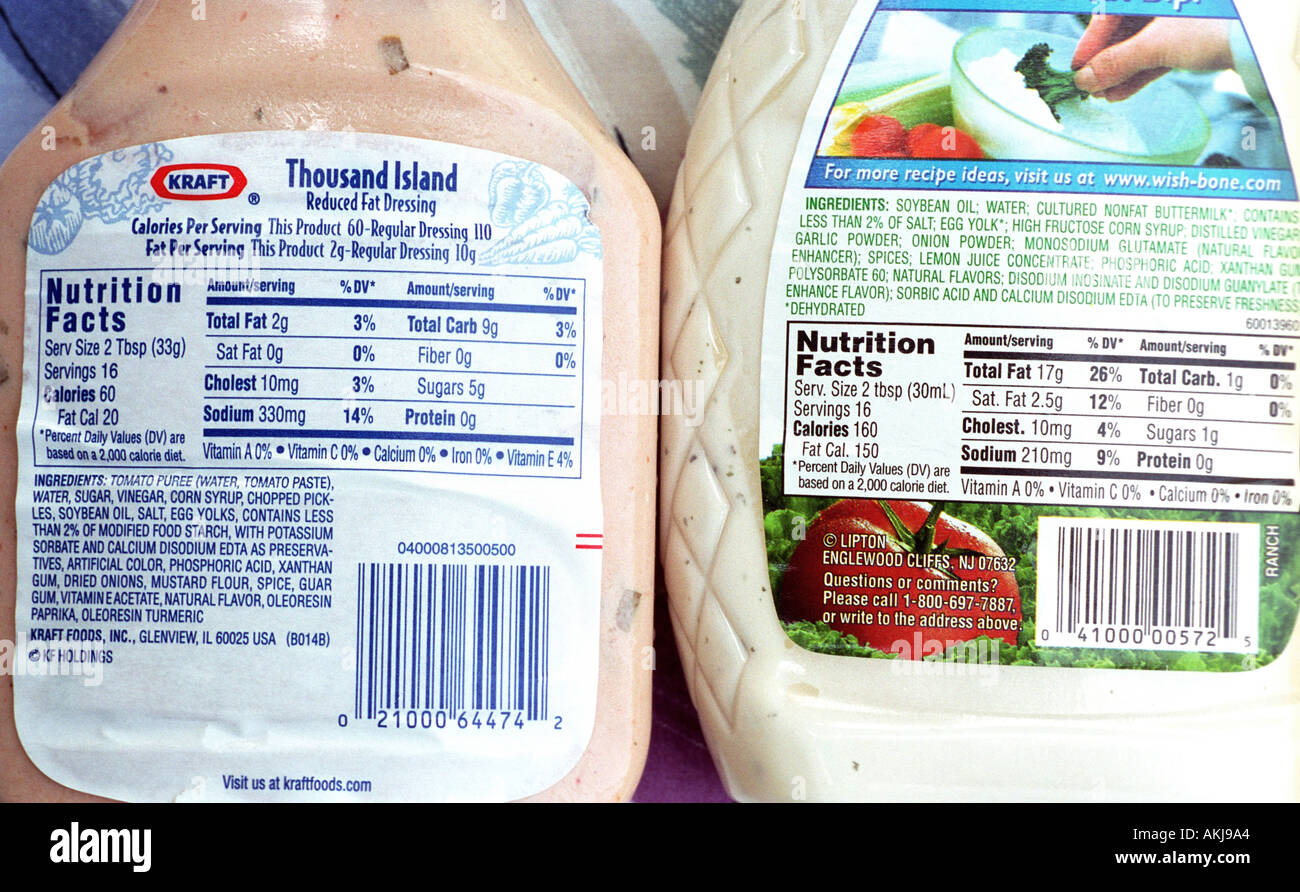



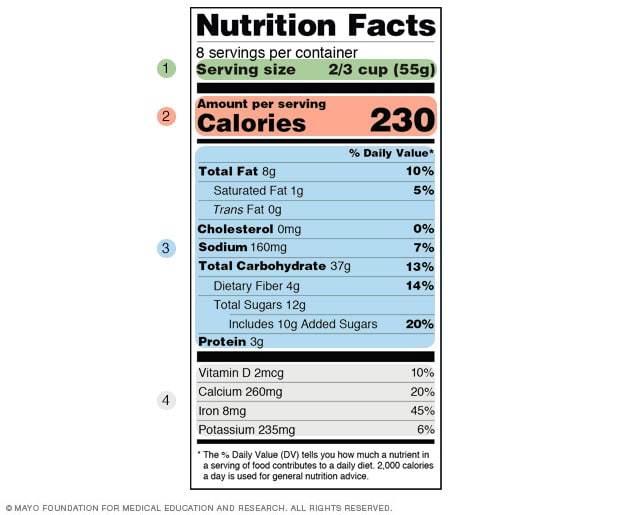
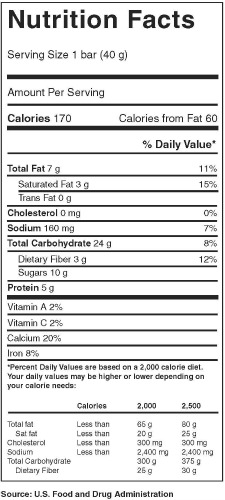

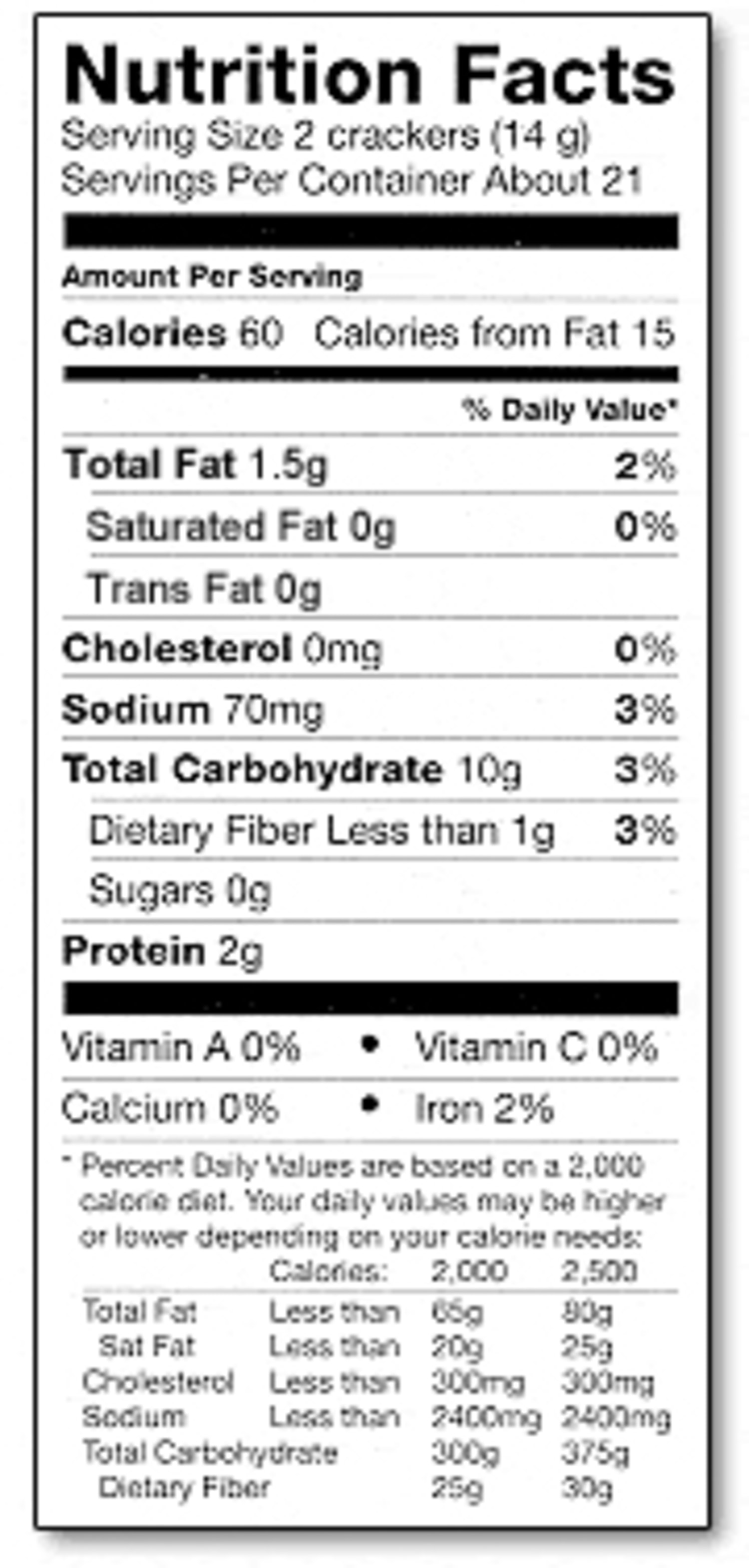


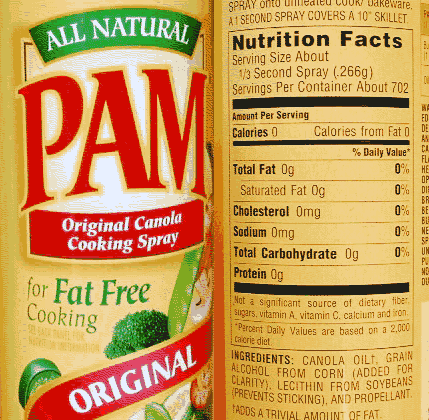
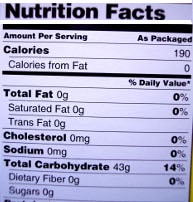
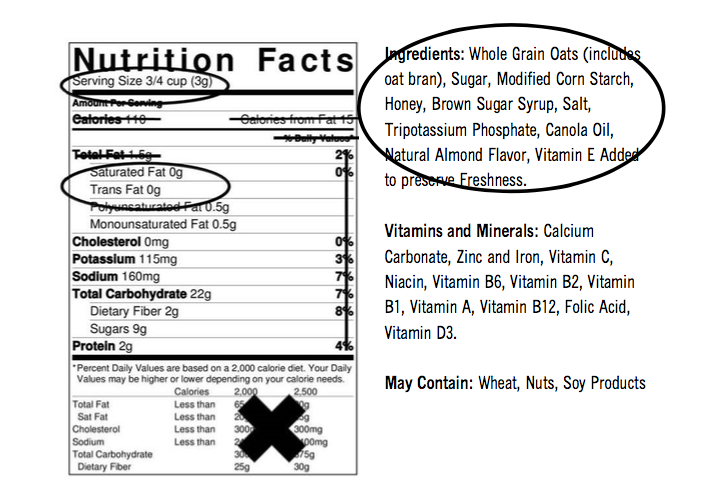
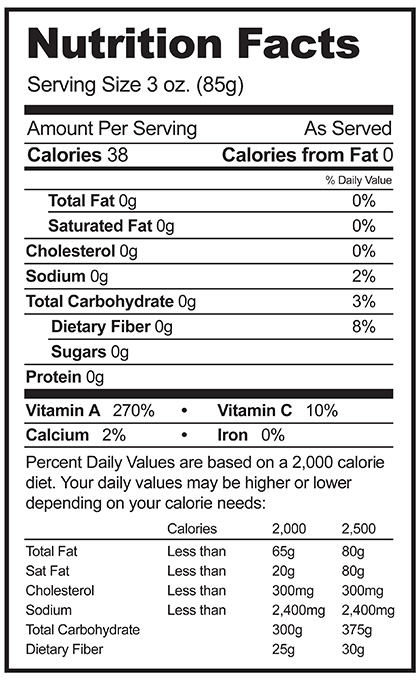

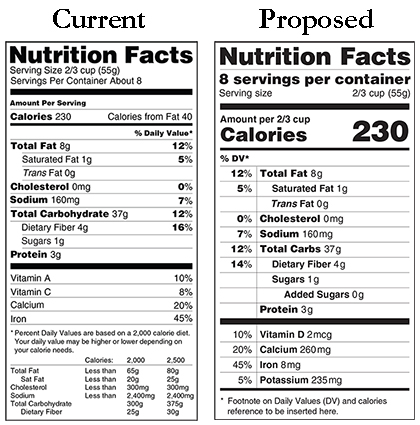
Post a Comment for "44 cholesterol in food labels"